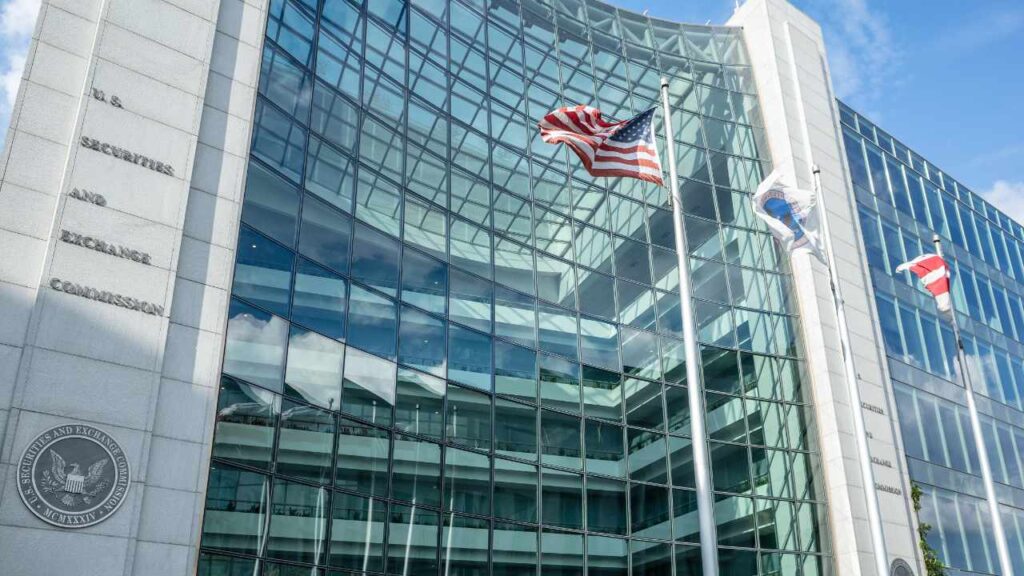Innovative Efforts to Simplify Cryptocurrency Regulations Gain Momentum
A New Era in Digital Asset Oversight
The landscape of cryptocurrency regulation is on the cusp of significant transformation, driven by proactive initiatives from leading regulatory figures. Recent developments suggest a shift toward more efficient, transparent, and investor-centric policies that could accelerate the mainstream adoption of digital assets. As the industry matures, regulatory bodies are recognizing the need to adapt their frameworks to better serve both investors and innovators.
Key Policy Reforms Proposed by Regulatory Authorities
At the forefront of this movement is a prominent Securities and Exchange Commission (SEC) official advocating for a comprehensive overhaul of existing crypto oversight mechanisms. The proposed reforms aim to streamline licensing procedures, expand custodial services, and foster a more welcoming environment for digital asset firms. These changes are expected to reduce bureaucratic hurdles, making it easier for startups and established companies to operate within a clear legal framework.
Enhanced Custody and Investor Protections
One of the critical areas under review is the expansion of custody options for digital assets. Currently, custodial services are limited and often complex, posing risks for investors and institutions alike. The new proposals seek to introduce more flexible custody solutions that ensure security while facilitating easier asset management. Such measures are anticipated to bolster investor confidence and attract institutional capital, which has historically been cautious about entering the crypto space due to regulatory uncertainties.
Global Trends and Comparative Insights
This push for regulatory modernization aligns with global trends. Countries like Singapore and Switzerland have already implemented progressive policies that balance innovation with investor protection, resulting in increased market activity and technological advancements. For instance, Singapore’s recent licensing regime for crypto exchanges has led to a surge in compliant platforms, fostering a robust ecosystem. Similarly, Switzerland’s clear legal guidelines have made it a hub for blockchain startups and digital asset funds.
The Impact on Digital Asset Adoption
Streamlined regulations are poised to serve as a catalyst for broader adoption of cryptocurrencies and blockchain technology. By reducing compliance complexities and providing clearer legal pathways, regulators can encourage more businesses to integrate digital assets into their operations. This, in turn, can lead to increased liquidity, improved market stability, and a more diverse array of financial products.
Looking Ahead: A Future of Balanced Regulation
While the industry welcomes these progressive steps, experts emphasize the importance of maintaining a balanced approach. Overly restrictive policies could stifle innovation, whereas too lenient a framework might expose investors to undue risks. The goal is to craft regulations that protect consumers without hindering technological progress. As discussions continue, stakeholders are optimistic that a pragmatic, forward-looking regulatory environment will emerge.
Conclusion: A Turning Point for Cryptocurrency Regulation
The ongoing efforts by key regulators to simplify and enhance crypto oversight mark a pivotal moment in the evolution of digital finance. With a focus on transparency, security, and investor protection, these reforms could pave the way for a more dynamic and resilient cryptocurrency ecosystem. As the industry and regulators collaborate, the future of digital assets looks promising, with the potential to redefine global financial markets.

